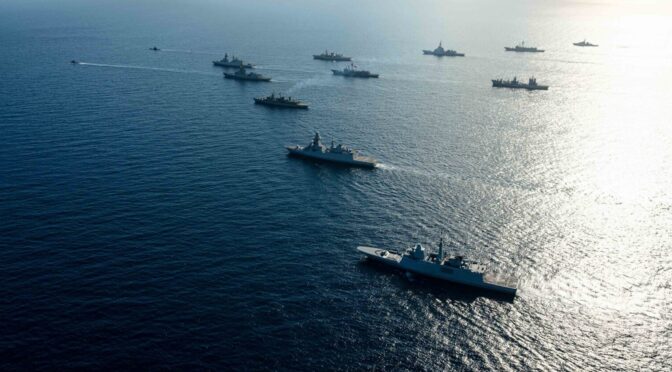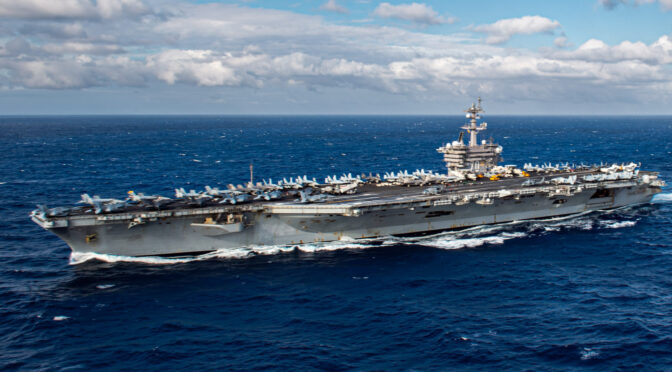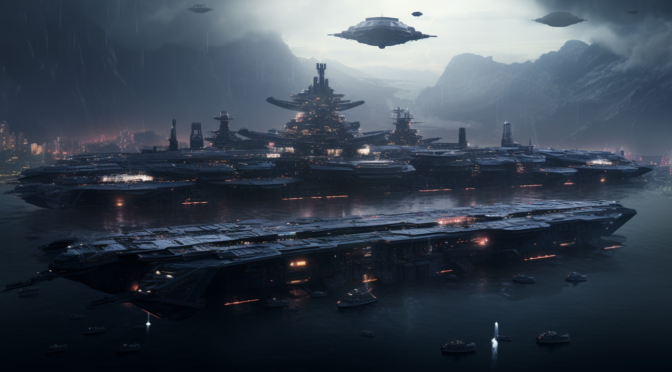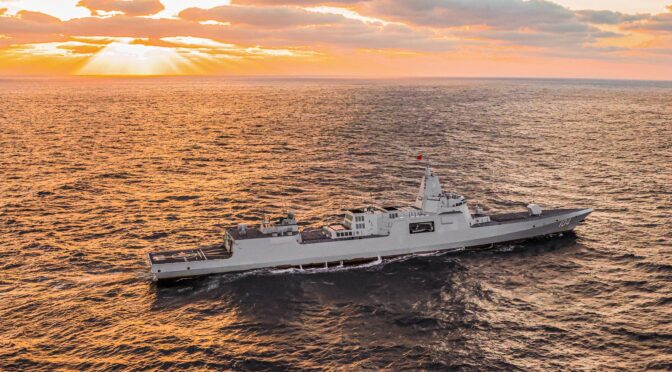Articles Due: March 31, 2025
Series Dates: April 21-25, 2025
Article Length: 1,500-3,000 words
Send To: Content@cimsec.org.
By Dmitry Filipoff
The NATO alliance is facing an inflection point as the U.S. reconsiders its commitments. NATO navies must envision alternative futures where they may have to take on a much greater share of their collective defense. As the U.S. seeks a negotiated settlement to the war in Ukraine, NATO navies may have to brace for Russian threats on different terms.
How may NATO navies evolve in this changing context? How may threats from Russia in the maritime domain shift and present newfound challenges to NATO naval power? How can NATO navies strategize their roles in the Indo-Pacific and the Middle East amidst tensions with China and active combat operations in the Red Sea? Authors are invited to consider these questions and more as we consider the future of NATO’s naval power and maritime security.
Send all submissions to Content@cimsec.org.
Dmitry Filipoff is CIMSEC’s Director of Online Content. Contact him at Content@cimsec.org.
Featured Image: Standing NATO Maritime Group 2 ships and submarines sail in formation in the Ionian Sea off the coast of Sicily on February 21, 2022 during Exercise Dynamic Manta. (NATO photo)




